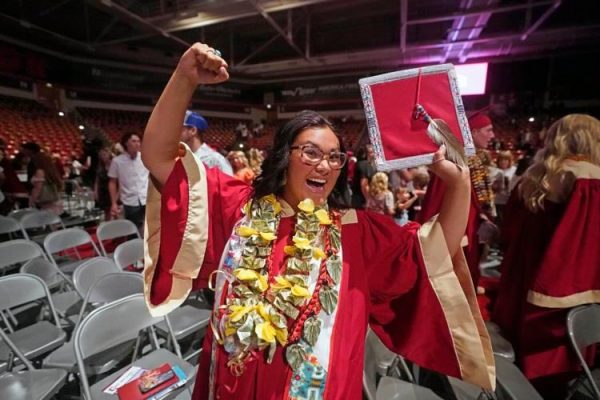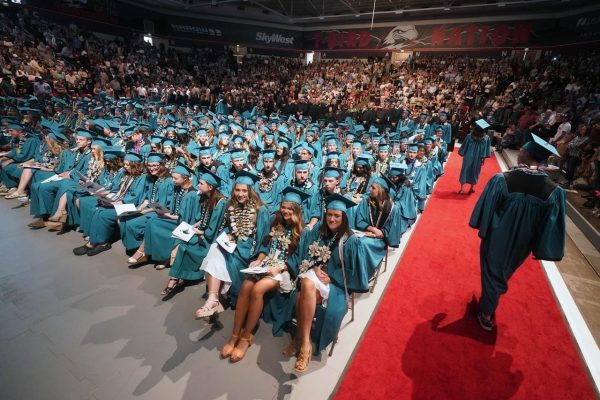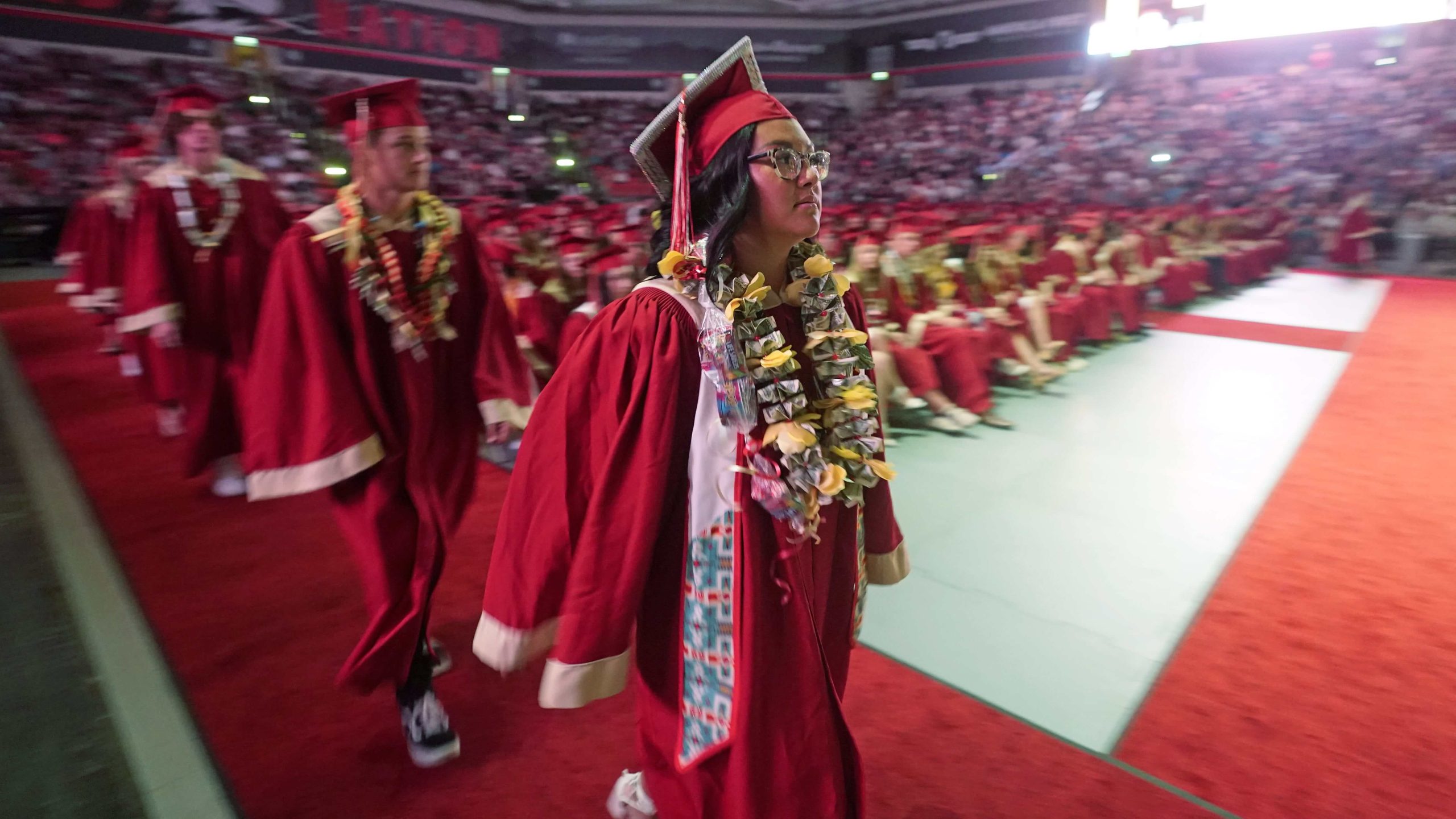Native American Students Fight for Acceptance of Tribal Regalia at Graduations
Native American students across the United States are advocating for the right to wear their tribal regalia during graduation ceremonies. The use of feathers, stoles, and other objects of cultural and religious significance is a way for these students to honor their heritage. Also, demonstrate their connection to their communities.
However, disputes over the attire have prompted the enactment of laws. In several states, making it illegal to prevent Native American students from wearing regalia.
While progress has been made, challenges persist as individual schools and districts have varying policies regarding self-expression during graduation.
The Significance of Tribal Regalia at Graduations
For Native American students, tribal regalia holds deep cultural and personal meaning. Often passed down through generations, these regalia items are worn during graduations. To symbolize the students’ connection to their heritage and community.
Beaded patterns, feathers, and other traditional elements represent their identity and achievements. Wearing regalia allows these students to unapologetically express themselves.
And take pride in their culture during a celebratory event without seeking permission from non-Native individuals.

While some states have enacted laws to protect the rights of Native American students to wear regalia, challenges persist.
Many high schools prioritize uniformity during commencement ceremonies, leading to disputes over the inclusion of sashes, flower leis, and other forms of self-expression.
To address this, laws have been implemented to provide a consistent framework and prevent individual administrators from making arbitrary decisions.
Nonetheless, advocacy groups like the Native American Rights Fund continue to receive reports of students being denied the right to wear regalia. Also including eagle feathers, which hold significant cultural and spiritual value.
Individual Experiences and Legal Actions
Native American students like Kamryn Yanchick and Jade Roberson have encountered obstacles. When attempting to incorporate their tribal regalia into their graduation attire.
Yanchick was told she couldn’t decorate her cap with a beaded pattern, while Roberson’s friend faced numerous hurdles just to wear an eagle feather.
Instances like these underscore the difficulties faced by Native American students in expressing their cultural identities. Recently, a Native American high school graduate in Oklahoma filed a lawsuit against her school district. After being forced to remove a feather from her cap during a ceremony.
A bill that aimed to allow public school students in Oklahoma to wear tribal regalia during graduation ceremonies was vetoed by Governor Kevin Stitt.
He argued that such decisions should be left to individual school districts. And expressed concern that granting this allowance could lead to other groups demanding similar special treatment.

Nevertheless, advocates, including tribal nations such as the Cherokee Nation and the Muscogee Nation, have called for an override of the veto.
Emphasizing the importance of fostering pride and honoring cultural heritage among Native American students.
The fight for acceptance of tribal regalia at graduations continues for Native American students. These students aspire to express their cultural identities without facing unnecessary obstacles or having to become activists in the process.
While some states have implemented laws to protect their rights, inconsistencies persist among schools and districts.
The significance of tribal regalia in graduation ceremonies cannot be understated. As it serves as a symbol of pride, heritage, and personal achievement.
The ongoing efforts to secure acceptance for Native American students’ regalia reflect the broader struggle for cultural recognition and respect.





